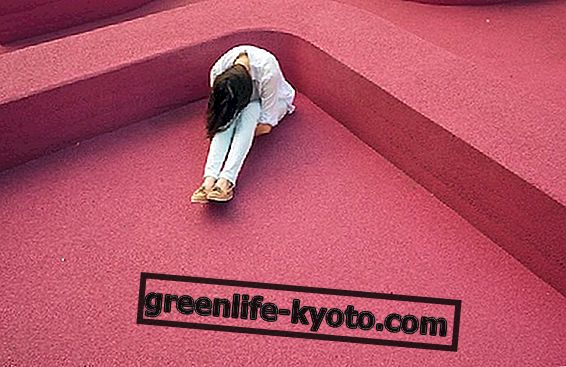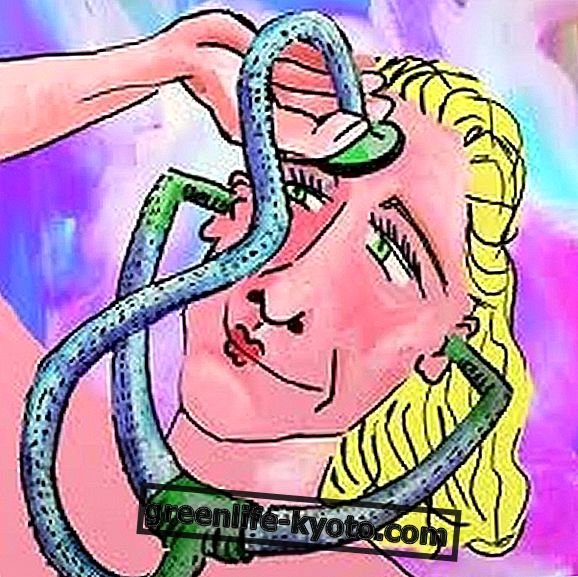
The term meditation is now greatly inflated. Often, however, those who practice, teach or even simply talk about meditation, risk alienating those who might be interested in knowing it and practicing it. You fill your mouth with challenging words that really should be synonymous with simplicity. Everyone, without exception, can meditate.
The important thing is not to confuse meditation with mystical or esoteric practices that only a few can reach. There are different levels or, better said, different approaches to meditation. All equally effective but each suitable and adaptable to individual needs and possibilities.
To meditate one does not need to attend who knows what mystical places or to prepare oneself psychologically or emotionally in some kind of occult forms.
Meditating is also - not only, of course - simply stopping. Apply immobility, non-action and, at the same time, non-judgment . If anything, this is the obstacle to overcome.
Because in a society founded on action, on intervention at any cost, stopping even to do absolutely nothing is a revolutionary, if not even heretical, act.
And maybe so. But this concerns other parentheses.
It is essential that those who impart meditative tools, those who practice meditation for a long time, spread the simplicity of meditation, together with its proven and unassailable efficacy .
Meditating is useful to counteract the undesirable effects of anxiety, insomnia, mental wear, stress, improve the quality of life and our perception of ourselves and of our surroundings.
You don't need to have breathtaking views in front of you, nor do you necessarily have to sit cross-legged in the classic meditative posture we all know by now.
It is sufficient to sit with the spine erect, even resting on the rigid back of a comfortable chair with the feet just apart and the hands resting on the thighs or knees; or, if possible, you can lie down. Provided you don't fall asleep. But one can also meditate by performing daily actions.
I would like to bring a tiny contribution here. Here are two simple examples of how to implement two meditation practices that can be applied at any time of the day.
The first concerns action and awareness. That is, to re-accompany the mind exactly where the body is . It is one of the techniques that form the basis of mindfulness .
It is sufficient that whatever action you are performing, mentally repeat to yourself what you are doing. For example, if you are at the supermarket shopping, you could mentally say these words to yourself: "I am taking the trolley. I put the token in the slot, release the trolley, push the trolley, go through the automatic doors, enter the lane of fruits and vegetables, I'm taking the salad ... "and so on. Even more effective exercise if you can talk about yourself in the third person, that is: "Maria is taking the trolley ...". This generates in the mind a more detached view of us and allows us to observe ourselves beyond the inner censor.
Another example, perhaps even simpler, is to count the cycles of breaths . In other words, at the end of the inspiro, pause, exhale, pause account one; other inspiro, pause, exhale, pause, count two ... And so on below. If practiced during work, this exercise helps to "switch off"; if practiced, just lying down, it reconciles sleep in no time.
10 minutes a day is enough. It is a fact that your vision of things and yourself will change. For the better, of course.













